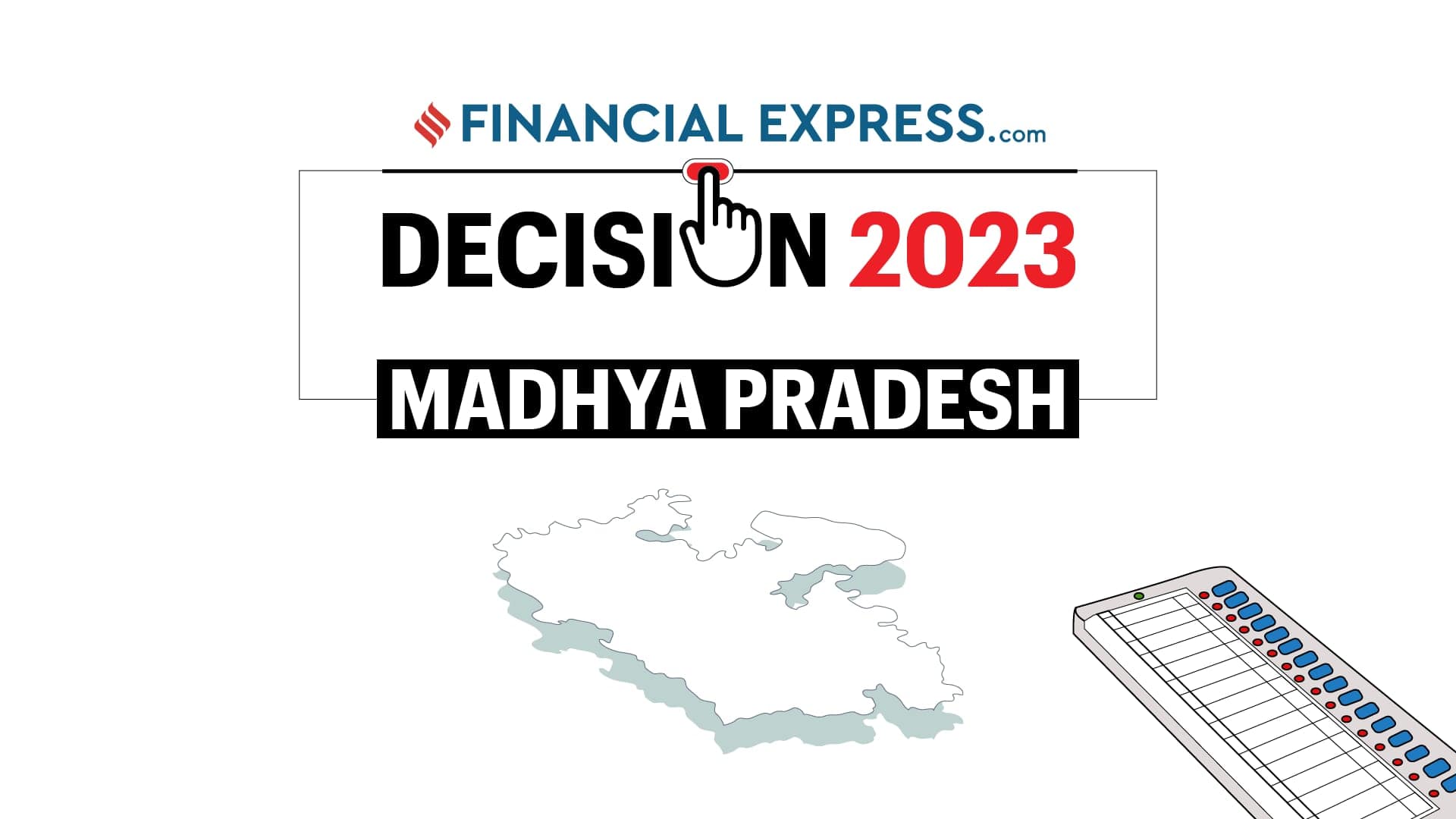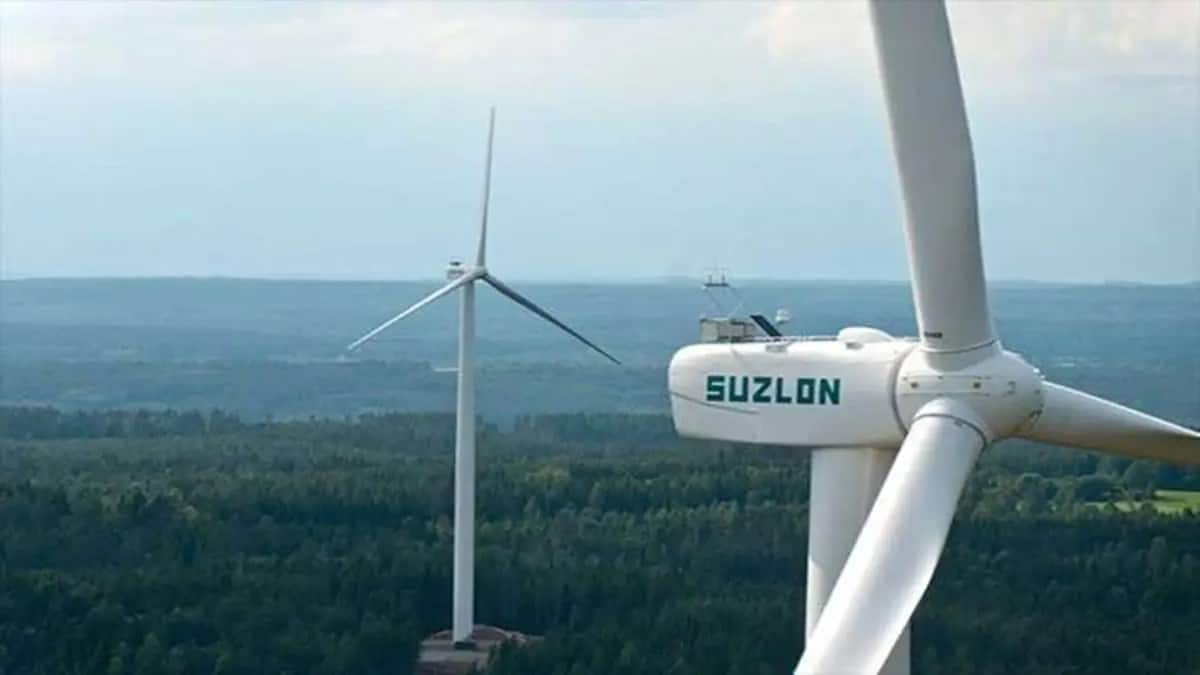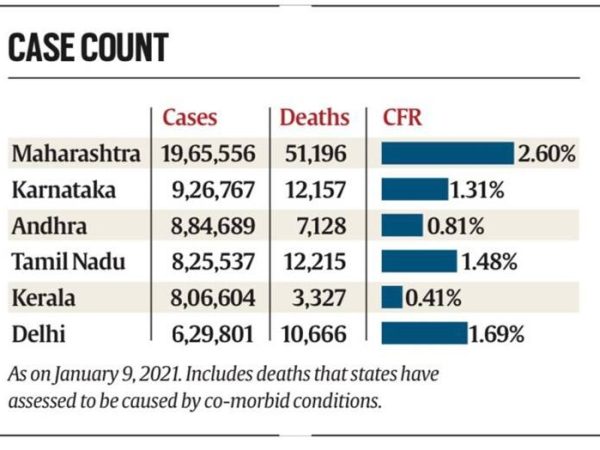Devsar Madhya Pradesh Assembly Constituency Election 2023: Date of Result, Voting, Counting; Candidates
Devsar MP Assembly Election 2023 Details: The election for Devsar Assembly Constituency in Madhya Pradesh will be held on November 17 this year. The final date of voting and result were known after the formal announcement by the Election Commission of India. Here are the important details of the Devsar Constituency Assembly Election 2023 that you should know.
Devsar Constituency Madhya Pradesh Assembly Election 2023: Voting Date
November 17 is the date of voting for the Devsar Assembly Constituency Election 2023 as announced by the Election Commission of India.
Devsar Constituency Madhya Pradesh Election 2023: Candidates List
Bharatiya Janta Party (BJP), Congress and other political parties in the state will announce their candidates for the Devsar Assembly Constituency Election 2023 after the announcement of voting dates by the Election Commission of India.
Why Devsar Constituency Assembly Election 2023 is Important
Devsar is a state Assembly/Vidhan Sabha constituency in the state of Madhya Pradesh and is part of the Devsar Lok Sabha/Parliamentary constituency. Devsar falls in the Devsar district of Madhya Pradesh and is categorised as an urban seat.
Devsar Constituency MP Election Result: What happened in 2018
Subhash Ram Charitra of the Bharatiya Janata Party was the winning candidate from the Devsar constituency in the MP Assembly elections 2018, securing 63295 votes while 52617 votes were polled in favour of Banshmani Prasad Verma of the Indian National Congress. The margin of victory was 10678 votes.
2018 Devsar Assembly Constituency Election Result
Winning Candidate NameParty NameTotal VotesSubhash Ram CharitraBharatiya Janata Party63295
Candidate List Party Name Votes Gained (Vote %) Subhash Ram Charitra Bharatiya Janata Party 63295 (37.77%) Banshmani Prasad Verma Indian National Congress 52617 (31.4%) Surendra Prajapati Gondvana Gantantra Party 18320 (10.93%) Shiv Shankar Prasad Bahujan Samaj Party 14464 (8.63%) None Of The Above None Of The Above 5307 (3.17%) Shiv Kali Saket Communist Party Of India 2913 (1.74%) Subhash Chandra Verma Aam Aadmi Party 2585 (1.54%) Ad Shyamlal Saket Bhartiya Shakti Chetna Party 2134 (1.27%) Janardan Prasad Prajapti Peoples Party Of India (democratic) 2108 (1.26%) Ramkripal Basor Republican Party Of India (a) 1603 (0.96%) Nirmala Dr H L Prajapati Saman Aadmi Saman Party 1303 (0.78%) Bhuwal Saket S/o Harbhukhan Shiv Sena 947 (0.57%)
Devsar Constituency MP Election Result: What happened in 2013
Rajendra Meshram of the Bharatiya Janata Party was the winning candidate from the Devsar constituency in the MP Assembly elections 2013, securing 64217 votes while 31003 votes were polled in favour of Banshmani Prasad Verma of the Independent. The margin of victory was 33214 votes.
2013 Devsar Assembly Constituency Election Result
Winning Candidate NameParty NameTotal VotesRajendra MeshramBharatiya Janata Party64217
Candidate List Party Name Votes Gained (Vote %) Rajendra Meshram Bharatiya Janata Party 64217 (45.16%) Banshmani Prasad Verma Independent 31003 (21.8%) Ramanuj Saket Bahujan Samaj Party 16719 (11.76%) Surendra Prajapati Gondvana Gantantra Party 13935 (9.8%) None Of The Above None Of The Above 4693 (3.3%) Babulal Basor Bhartiya Shakti Chetna Party 2696 (1.9%) Rasile Independent 1756 (1.23%) Subhash Chandra Independent 1610 (1.13%) Rammilan Prajapati Samajwadi Party 1432 (1.01%) Sunita Independent 1351 (0.95%) Babuaram Urf Balramdas Independent 1337 (0.94%) Jagdev Saket Independent 782 (0.55%) Angad Prasad Independent 677 (0.48%)
Devsar Constituency MP Election Result: What happened in 2008
Ramcharitra S/o Rampyare of the BJP was the winning candidate from the Devsar constituency in the MP Assembly elections 2008, securing 54404 votes while 19881 votes were polled in favour of Banshmani Prasad Verma of the INC. The margin of victory was 34523 votes.
2008 Devsar Assembly Constituency Election Result
Winning Candidate NameParty NameTotal VotesRamcharitra S/o RampyareBJP54404
Candidate List Party Name Votes Gained (Vote %) Ramcharitra S/o Rampyare BJP 54404 (54.09%) Banshmani Prasad Verma INC 19881 (19.77%) Vimla Bagri Dheerendra Singh (dheeru) GGP 9056 (9%) Shankhlal Saket BSP 4913 (4.88%) Ramanuj Saket IND 4586 (4.56%) Rambharosh Prajapati SP 2519 (2.5%) Chhotelal Prajapati IND 1812 (1.8%) Heeralal Saket BJSH 1522 (1.51%) Babulal Prajapati GMS 1177 (1.17%) Dhanukdhari Saket SVSP 715 (0.71%)











 Source: Tradingeconomics, Federal Reserve
Source: Tradingeconomics, Federal Reserve
Recent Comments